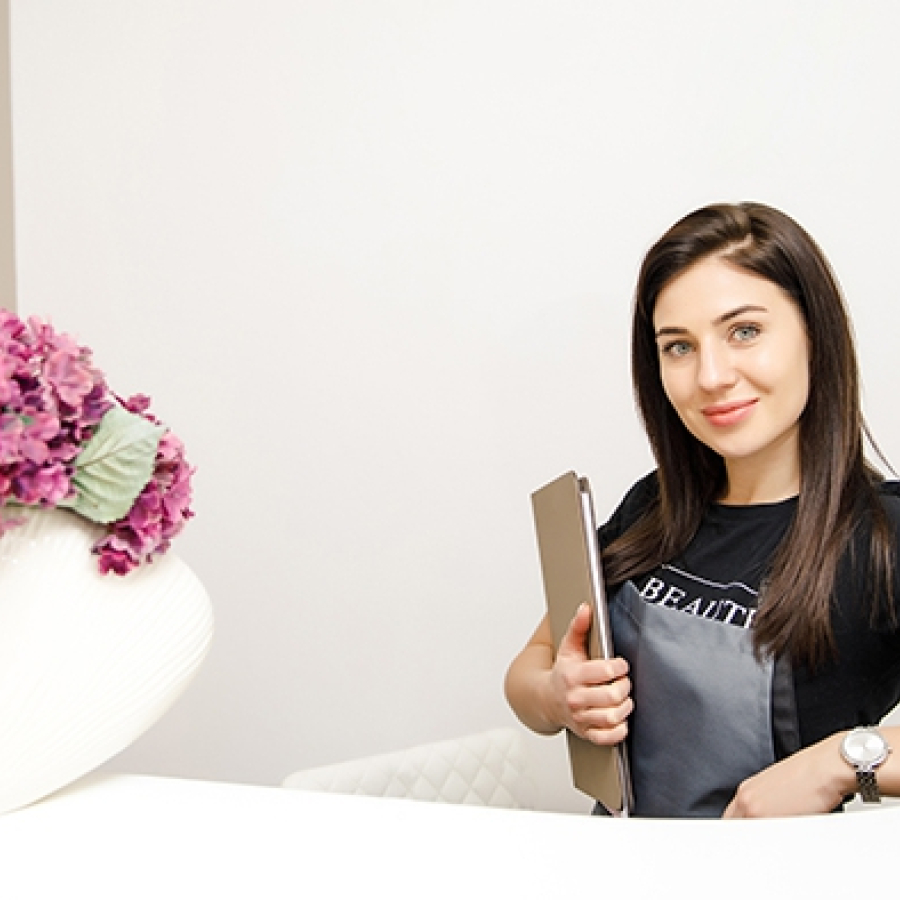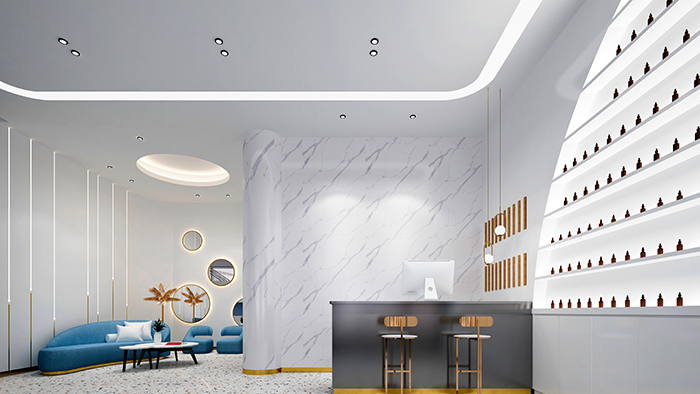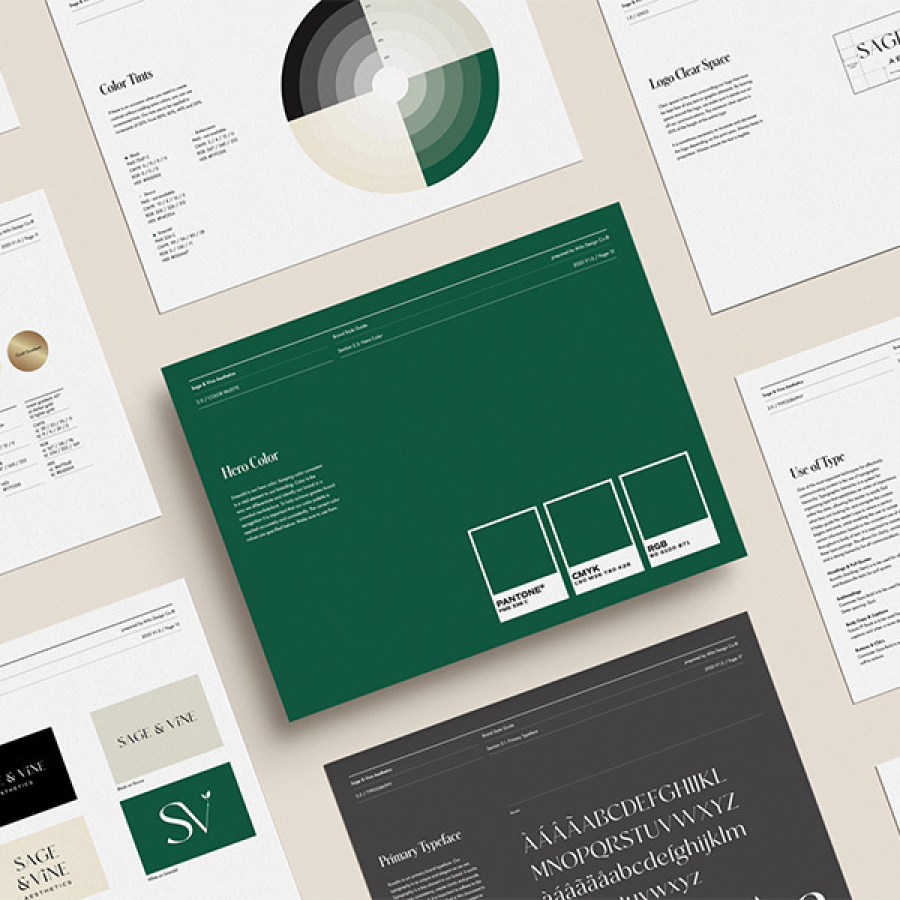
Design
Elevating the Med Spa Experience: The Cornerstones of Quality and Comfort
By EarthliteIn the dynamic and increasingly competitive landscape of the med spa industry, success hinges on more than just cutting-edge ...
Posted By Mike Meyer, Wednesday, July 8, 2020

By Michele Pelafas, ASID, IIDA, Michele Pelafas, Inc.
The past few months of sheltering in place has taught us a lot about space and what matters, and about luxury and priority. The new luxury is wellness and safe space, and you must respond to this with a meaningful, thoughtful and safe patient experience. This will also determine how you succeed in the future.
As businesses continue to re-open, government mandates now play a significant role. It is essential that these requirements be adhered to. In the meantime, be careful not to throw dollars at "fixes" that may or may not make a difference in the long run. This is the time to plan for the future; it is also an opportunity to redefine your brand. The following four design imperatives will serve as a foundation for the betterment of your employees, clients and business.
Although six-foot centers are the new norm, we cannot underestimate the benefit of utilizing every inch of space. But dollars are not built on space alone—revenue can be cultivated by positive patient experiences, results and retail sales, to name a few. Once the mandates for social distancing are removed, and when it is safe, you can create a sense of distance. Even if your IV therapy chairs are set up on 54-inch centers, there are ways to create an open feeling while enhancing privacy.
First, consider implementing a minimalist design to create a medical spa that feels clean and not overcrowded. Minimalism is in. At the least, unclutter your space by removing décor off the reception desk, beverage counters and other areas; this will allow for easy cleaning and provide a feeling of space. You can open up your medical spas with lighter neutral hues on the walls. You can also use cleanable commercial-grade wall coverings and reflective materials that create depth.
Consider flow for safety and privacy, such as separate intake and outtake areas. Multipurpose rooms allow for flexibility and different revenue opportunities. Make retail part of the patient journey. Implement smaller retail areas throughout the spa, including in treatment rooms.
Now more than ever, we think of home as the safest place on earth. Your patients will be looking for that same feeling at your medical spa. Comfort is a feeling and a state of mind. Drawing inspiration from residential spaces makes perfect sense. Safety equals security and security equals comfort. Everything and anything that you can do to make your patients feel comfortable is essential.
Consider updating your space with elements that engage the senses. Think about soft but cleanable textures. Integrate relaxing scents, soothing music, comfortable commercial-grade seating and warm lighting; this will promote a sense of calm, relaxation and the feeling of home. The medical spa of the future will be a sanctuary—warm, friendly, inviting and personal. At the same time, future medical spas will be built with state-of-the-art materials that are productive and promote cleanliness. The new medical spa must balance "sterile-type" applications with the feeling of tranquility.
Although comfort is a feeling and a state of mind, perception and reality are different. For example, a sneeze-guard between a guest and the receptionist can be a reminder of good hygiene, and it can also help prevent the transmission of airborne germs. However, it cannot, for example, prevent an infected patron from transferring germs to a door handle. Deep cleaning every moment of every day is essential. If you do not follow the basic guidelines for sanitation and cleanliness, the sense of security will be short-lived. This could be detrimental to the guest, the worker and your business. Add a sneeze-guard if you must, but don't let it be a barrier between you and what matters.
Most of us understand wellness as eating right, exercising and practicing meditation, but wellness plays a role in our surroundings, and it is very important. You need well-built interiors for the well-being of your patients, guests and employees. Because of COVID-19, we are hyper-focused on prevention and preparedness. This will continue to play out in the medical spa.
Research shows a correlation between our health and interiors. The links between art, aesthetics and well-being are well-known. Other factors, such as adequate daylight and views to nature, play a role; so do colors, acoustics, indoor air quality, ergonomics, scents and more. Consider everything, from ventilation to lighting. The well-built environment is multi-faceted and a movement.
As part of the well-built interior, there should be honest dialogue between you and your patients. You should ask customers how they physically feel. Staff should have protective gear, such as masks and gloves. Without question, you must clean and disinfect. Well-focused interiors include policies, procedures and training. All these initiatives are driven by mandates you should follow. This will help prevent the spread of any virus, and it will provide you with a safe, healthy environment.
I practice the art of quality over quantity, and always have. Quality has more meaning. Quality saves you time, money and energy. Quality has more depth. Quality also typically brings you better results. When planning for the future, you must consider why quality matters. Because of COVID-19, there is a case for quality over quantity. It has more implications than ever before in the medical spa environment.
Quality first impressions are important. You have a short window to establish trust and communicate your value. You must establish a sense of order, beauty, calm and efficiency. You can accomplish this with harmony and balance. Repetition of color, shapes and brand image will also help. Consistency is connected to reliability. All this builds confidence and integrity.
Quality design matters. It will strengthen your brand and set the tone for a safe medical spa experience. Through design, you can create a caring and orderly structure. This leads to a sense of safety, responsibility and loyalty. It gives the impression that your business knows what it is doing. Quality design includes touchless faucets and wipable surfaces. Access to hand-wash stations instill confidence, peace and calm.
Quality surfaces are impervious and easy to clean. Consider quartz, stainless steel, porcelain and plastic laminate. Some of these materials are inherently antimicrobial; antimicrobial protection helps to kill microorganisms or stop their growth. Copper is another natural antimicrobial surface, and it offers a beautiful patina over time. Semiprecious stone—agate, tiger-eye and petrified wood, for example—is stain and scratch-resistant, and resistant to bacteria. Semiprecious stone surfaces are beautiful, though pricey. Bamboo has an antifungal agent living in it. Cork stops bacteria and microorganisms from growing. Consider flooring that has very few joints, such as luxury vinyl, epoxy or terrazzo; this makes the floor very easy to clean.
On a final note, quality doesn't have to be expensive. You can do more with less, which is the whole point—less is truly more. You need to utilize your budget dollars wisely. Invest in ideas that will yield the biggest returns. You cannot go wrong with investing in these imperatives. Space, comfort, wellness and quality all lend themselves to a safe and secure environment. They will set the foundation for your successful business.
Click here to enter the Michele Pelafas, Inc. Sponsored Giveaway to win a free 60-minute Design Strategy Session!
Michele Pelafas, Inc. is a leading design firm in the medical spa, beauty and spa industry. Its clients include spas, wellness centers, medical spas, hotels spas, salons and fitness centers. Michele Pelafas, Inc. provides professional design consultation and strategic interior planning while integrating custom manufacturing and whole spa equipment to owners, operators and consultants across the U.S. and abroad. Its principal and founder, designer Michele Pelafas, has more than 22 years of experience with hundreds of projects in her portfolio, including award-winning designs. She is an educator and expert in the design field, a frequent speaker at industry trade shows and featured in industry trade publications.
Related Tags
Medical spa news, blogs and updates sent directly to your inbox.

Design
By EarthliteIn the dynamic and increasingly competitive landscape of the med spa industry, success hinges on more than just cutting-edge ...

Design
"Design is a tool to reach out to the customer." – Pierluigi Collina By Simour Design Your med spa’s ...

Design
A medical spa brand style guide showcasing how to use color, typography and logo files. By Lisette Harrington, Mila Design ...

Design
By Mitra Silva, Simour Design “Color is a power which directly influences the soul." – Wassily Kandinsky Every detail ...